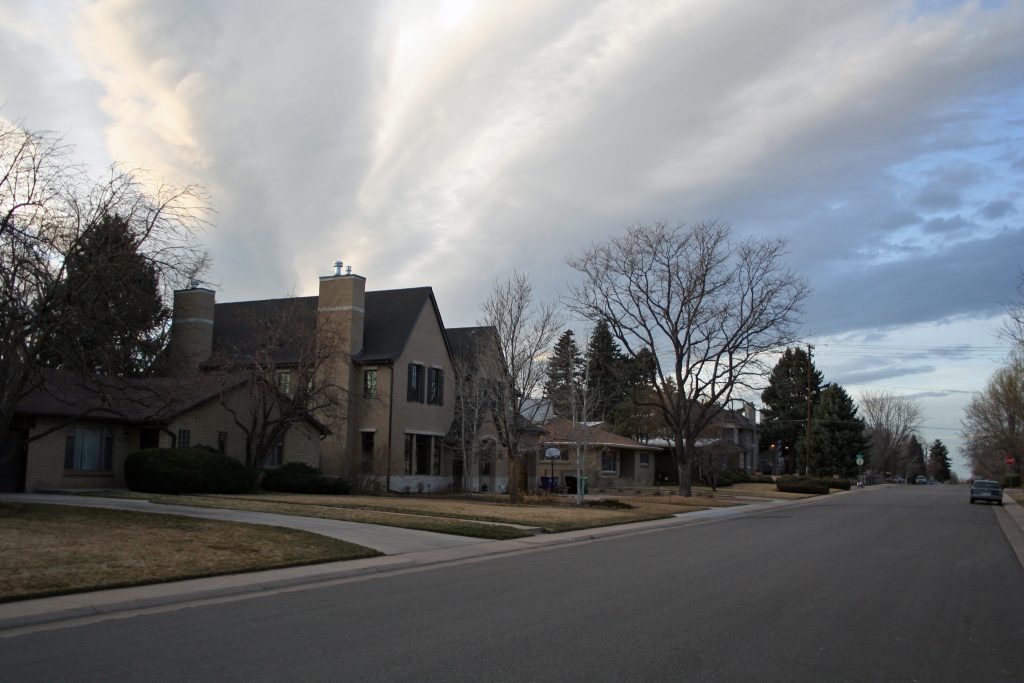
The neighborhood of Hilltop is one square mile in the former vast plains of Denver. It extends from Colorado Boulevard to Holly Street and from 8th to Alameda Avenues. Its recorded history is over 100 years. Milo A. Smith platted the Eastern Capitol Hill Subdivision in 1886. This began the settlement of Hilltop. Hilltop is unique due to the vast array of architectural styles, including American Colonial, Art Deco, Dutch Colonial, Georgian, International, Mediterranean, Moroccan, and some of the finest Tudors to be found in Denver. There are more than 1,000 residences in Hilltop represented by these architectural style, and various lot sizes and square footages. Homes in this neighborhood generally range in price from $500,000 to $5,000,000 ~ varied as the architecture, lot size and square footage would suggest.
Within the 1 square mile are 3 parks, Cranmer (also known as Sundial Park which is home to a 7 1/2 foot sundial and a 200 foot-long flagstone viewing platform with the names, altitudes and an outline of prominent peaks etched in stone, overlooking the mountain skyline), Robinson Park and Burns Park. George Cranmer has been called Denver’s First Citizen and because of his persistence and resourcefulness, Denver is more beautiful.
In 1916 Cranmer built his personal residence at 200 Cherry Street, the highest point with the best mountain view in Hilltop (this home was designed by the magnificent Jules Jacques Benois Benedict). Due to Cranmer’s term as Manager of Improvements and Parks, Hilltop benefitted greatly. Hilltop is culturally diverse, with Baptist, Episcopal, Greek, Jewish, Korean and Lutheran institutions. Temple Emanuel is the oldest and largest synagogue in the Rockies. Graland Country Day School is located in Hilltop, as is Hill Middle School, Steck Elementary and Carson Elementary.